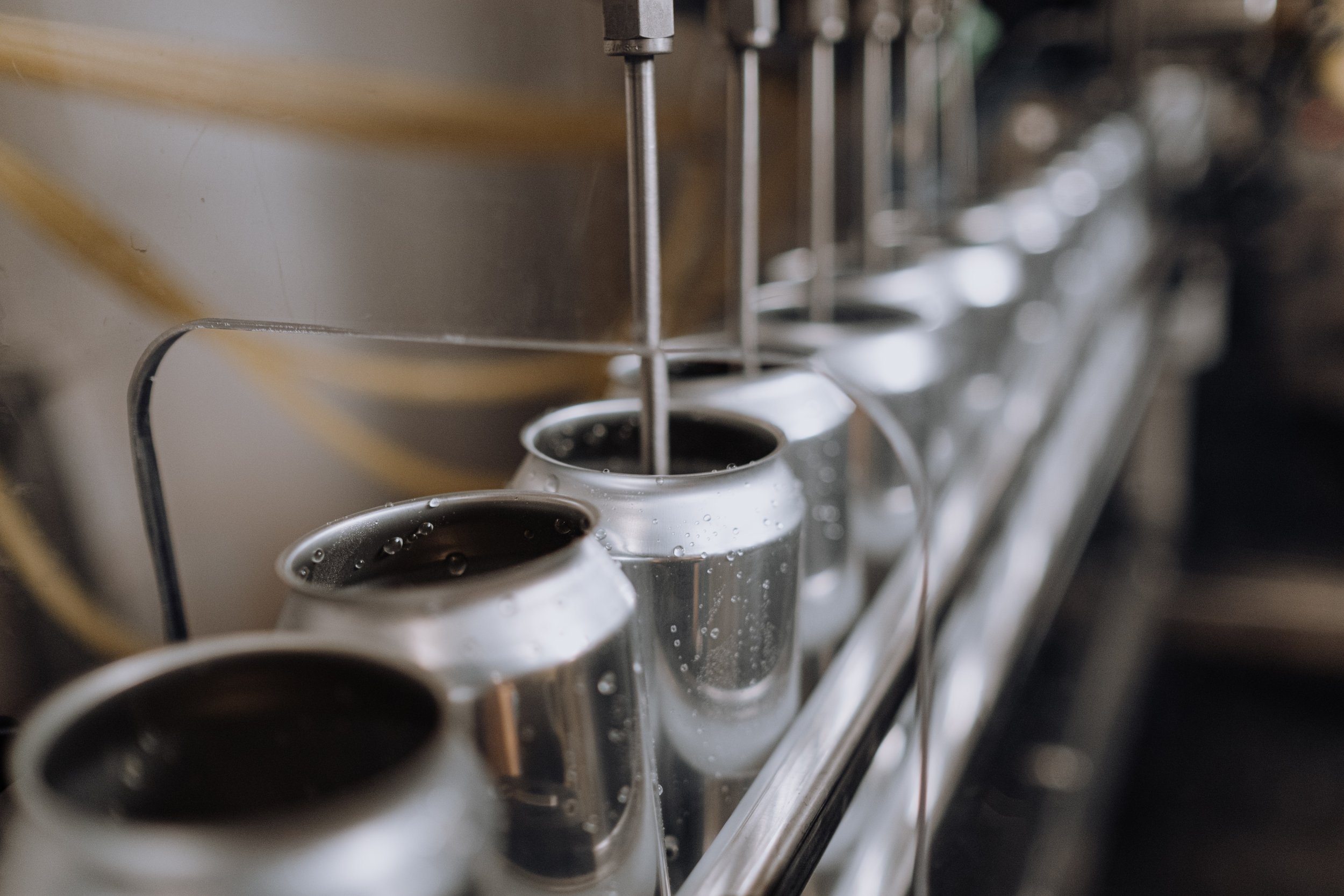Chemicals Used in Food Production
Foods marketed in boxes or bags almost always contain food additives in the guise of chemicals to affect food in varied forms. Additives can make food more palatable, extend shelf life, lower overall calorie or fat content, add nutrient value, emulsify, change food color or texture, or many combinations of these and other functions. Bell Chem is your food ingredient supplier for food and reagent, nutritional, and USP-grade ingredients to keep your foods and beverages healthy and delicious.
Emulsification
Without added chemicals, many foods and liquids would be unpalatable. Emulsifiers, such as gum arabic, lecithin, salt, and sodium hexametaphosphate maintain texture and flavor with every bite. Emulsifiers also deter ice crystals from forming in frozen foods or sugar coagulation in baked foods and increase the volume of baked goods. Many emulsifiers also act as stabilizers or thickeners, such as gums, starches, and proteins.
Nutritional additive
Many natural nutrients are lost during food production because of mechanical measures, such as heat and freezing. Adding lost nutrients or bolstering the nutrient value of foods has occurred since 1924 when salt became iodized to prevent goiters. The addition of vitamins has drastically improved the health of millions of people. For instance, vitamin B in infant cereals helps prevent anemia, vitamin D-fortified milk helps to prevent rickets, and folic acid — often added to flour — is recommended for pregnant women to prevent birth defects. Fiber, linoleic acid, and minerals are other additives commonly combined with packaged foods.
Preservation
Utilizing antioxidants and antimicrobials seems like common sense in today’s food industry. Both additives keep foods fresher and stabler for extended periods of time. Antioxidants include Vitamin E and its derivatives, butylated hydroxyanisole (BHA), and butylated hydroxytoluene (BHT). Antimicrobials include acids (acetic, propionic, sorbic), nitrates, nitrites, and sulfites.
Taste, color, and texture
As food is processed, some pigments may be degraded. The addition of chemicals creates color with less variation and more appeal. Taste and smell are both chemical reactions. When specific chemicals are added to foods and beverages, the sensations of both taste and smell react favorably. Currently, more than 1,200 different flavors are available for foods. Spices, sugar, salt, and citrus acid are all palatable flavors. Some foods, such as frozen desserts or jams, have a specific texture generally created with the help of chemicals. Many texturizing food ingredients, including guar and xanthan gum, pectin, and whey, are frequently used to enhance the composition of foods.
Bell Chem is a food ingredient supplier based in Longwood, FL (just north of Orlando) with hundreds of products stocked in their 50,000+ square-foot warehouse, including a vast array of food production chemicals. You can expect the highest quality products, expedited shipping options for maximum efficiency, and unrivaled personalized customer service. Let our knowledgeable and friendly customer service representatives and accounting staff personalize all your needs by either calling 407-339-BELL (2355) or by sending us an online message.

